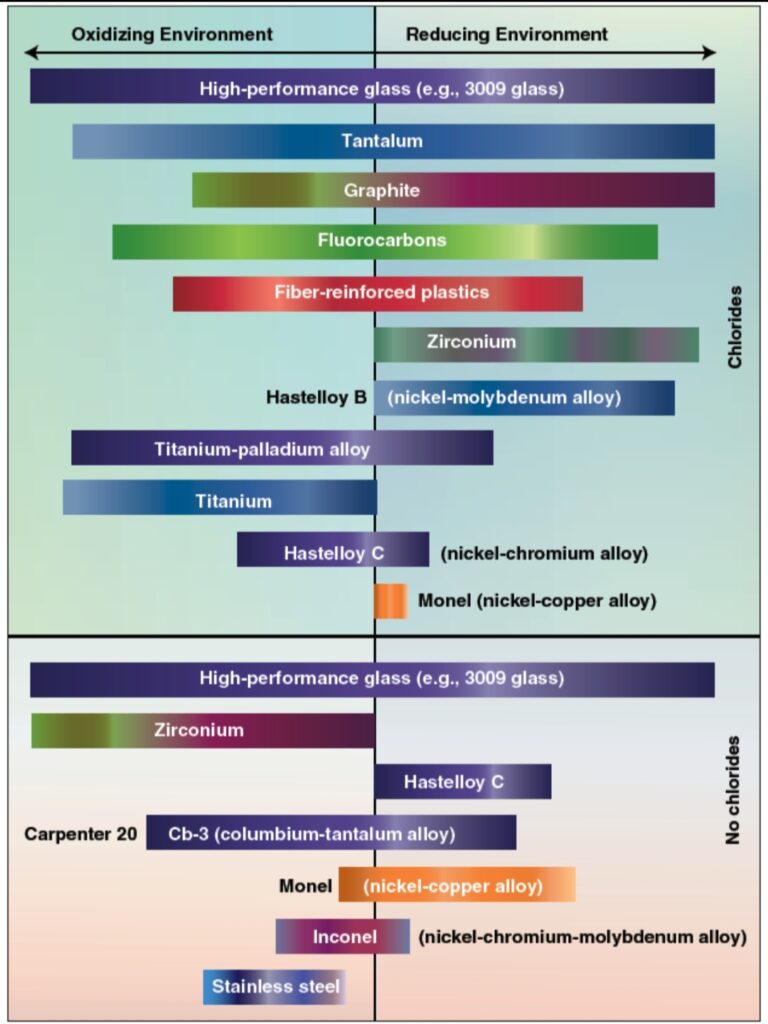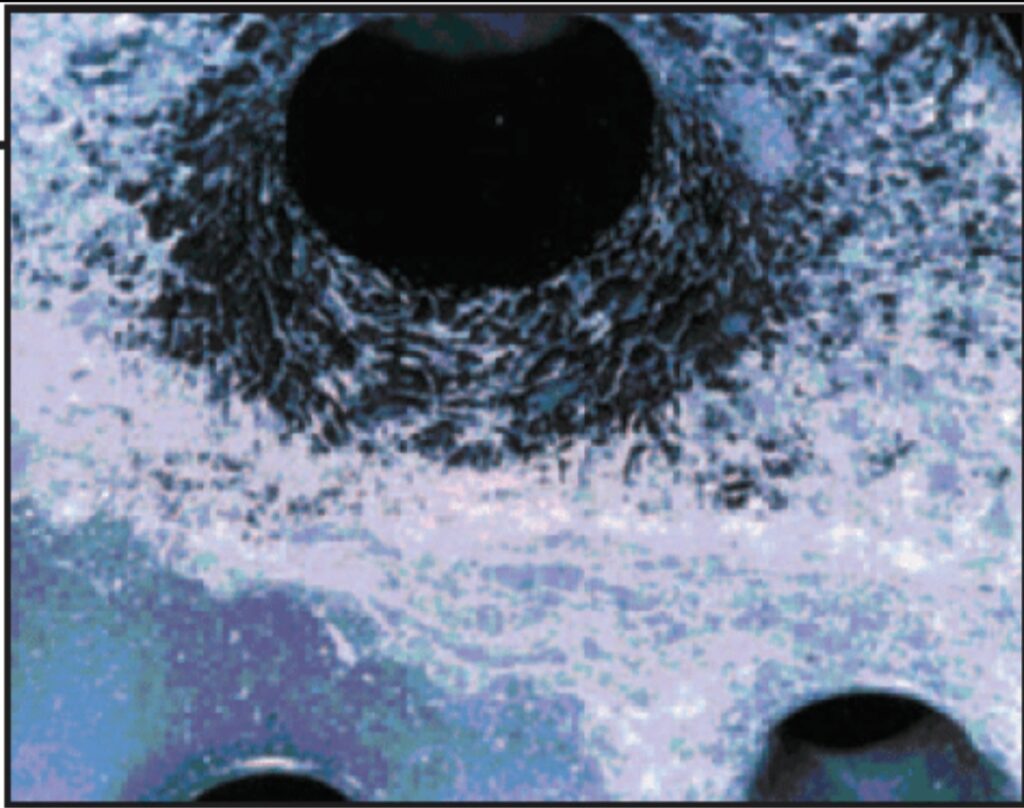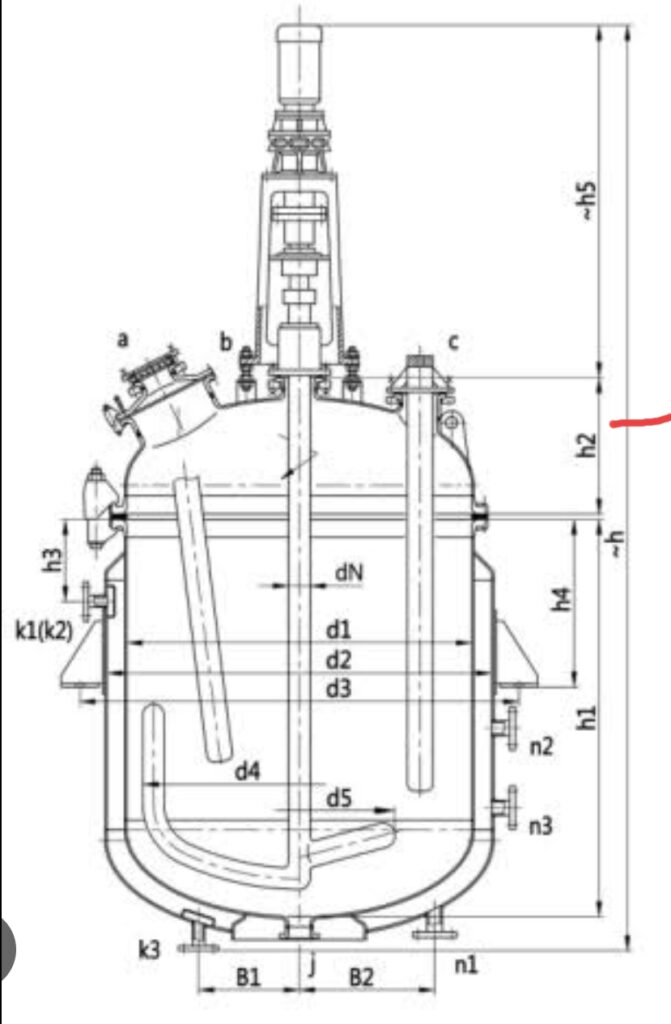Maintenance and Repair OF glass line reactor
ABOUT GLASS LINE REACTOR
Glass Line reactor is widely use in the chemical and pharmaceutical sector. The reactor can be pressurized and operate in a range of temperatures. The top section of the reactor allows the process nozzles to connect which bring in the chemicals and gases as appropriate and allow for cleaning head nozzles. They have a number of sizes but typically range from 63 liters to 16000 liters.

The reactor is a vessel with an agitator that allow the mixing of chemicals in a contained environment.
Working of Glass line Reactor in chemical and pharma industries –
The temperature control system of the glass-lined reaction kettle is surrounded by a jacketed reactor, and a steam regulating valve and a cooling water regulating valve connected with the cooling water are arranged.

temperature measurement equipment measured in the reaction kettle and jacket of real-time temperatures, temperature control equipment selection of temperature control method, control of the temperature in the jacket, and then end the control of glass-lined reaction kettle temperature.
When the temperature measured by the measuring device is lower than the set value, the steam regulating valve is opened to improve the water temperature inside the jacket and the temperature of the material in the reactor is improved. When the temperature measurement equipment measured higher than the set value, turn on the cooling water control valve, cooling jacket inside the water temperature, reduce the reaction kettle of the materials, and then the temperature in the reaction kettle in the positive temperature planning, so that the reaction smoothly.
Maintenance and Repair OF glass line reactor
Design and Drawing Parameter of GLR

Parts of GLR
Agitator
Thermowell
Baffles
Dip Pipe
Mechanical Seal
Gearbox
Jacket
Nozzle and Manhole
Glass Lining Thickness
A guide thickness is 2mm which allows for the corrosion of via chemical reactions in the vessel.
Difference between Glass line reactor vs Stainless steel
A key advantage is the range of chemistry that can be performed in a glass reactor. Stainless reactors are very good for a wide range of solvents and dissipate the static charge. However, they are limited when it comes to the presence of certain acids (Hydrochloric) and salts (Chlorides). Stainless steel reactors are generally less expensive.
Test Method for Glass Line Reactor
Spark testing. Glass linings should be electrically tested after installation and at regular maintenance intervals in order to detect small defects before they become more serious problems. A spark test can be performed with either d.c. or a.c. spark testers, which apply approximately 6,000 V at very low amperage. In either case, the spark tester consists of a hand-held brush that is connected via a cable to a portable detector. The inspector carefully brushes the glass surface, using a semi-circular motion, until the entire surface has been covered. If the brush encounters so much as a pinhole, current flows to the steel shell and arcing occurs.
In spark test, AC or DC apparatus is connected with a broom. The surface of the reactor having a glass lining is brushed using that broom. If a defect or damage part comes in contact with the broom, it generates a spark as the damaged part exposes MS or CS material.
Maintenance and Repair OF glass line reactor
As the spark is generated, we can mark those locations as damaged parts. In this way, damages, defects, or peeled off place of glass lining are detected.
Reason for Damage of GLR
There are three main reason for failure
- Mechanical shock
- Chemical shock and
- Thermal shock
1. Mechanical shock – Mechanical tool fall inside the reactor it may damage. If mechanical shock is suspected, the vessel must be inspected immediately and, if necessary, repaired before further use. An impact directly on the glass will result in crushed glass at the impact point, with chunks of glass fracturing off around the area.
2. Chemical Shock – A reactor’s glass lining may be eroded by abrasive solids in the reactants. Abrasion is characterized by a loss of fire polish and, in severe cases, a rough, sandpaper-like finish. Abrasion combined with acid corrosion can result in severe glass-lining failure, as abrasion weakens the silica structure, which accelerates the rate of acid corrosion.
3. Thermal shock – Glass-lined vessels are made by bonding a layer of glass to steel, as noted earlier. Since steel and glass have different coefficients of thermal expansion, glass-lining failure can result from abrupt changes in the temperature of the glass, causing small, but thick, pieces of glass to fracture off the steel substrate. In most cases, the steel will be exposed. Unlike failure from mechanical shock.
Maintenance and Repair OF glass line reactor
Application and use of Glass line reactor
Reaction mass can be acidic, basic or neutral. For acidic media, we can’t use stainless steel reactor as it can cause corrosion, hence, in that case, we use a glass-lined reactor in which glass lining is there, which has resistant to chemical and acids hand hence protect the reactor moc.
Glass is a natural and inert element that also protect the reaction mass from contamination. Glass doesn’t react with any element also it had anti-sticking property, hence it is easy to clean and it prevents contamination.
Glass line reactors are widely used in pharmaceutical industries, chemical industries, and polymer industries.
Advantages of Glass Line Reactor –
Glass Lined Reactors have a very high corrosion resistance against inorganic acid, organic acid and organic solvents with different concentrations. Typically, they are less applicable for use in alkali, hydrofluoric acid, fluoride-bearing medium and phosphoric acid applications with concentrations above 30% and at temperatures over 100 degrees C. Consultation/advice should be obtained from a technical expert, such as Standard Glass Lining Technology, if in doubt over application suitability.
also read:- automobile engineering interview questions
One Comment on “Maintenance and Repair OF glass line reactor”